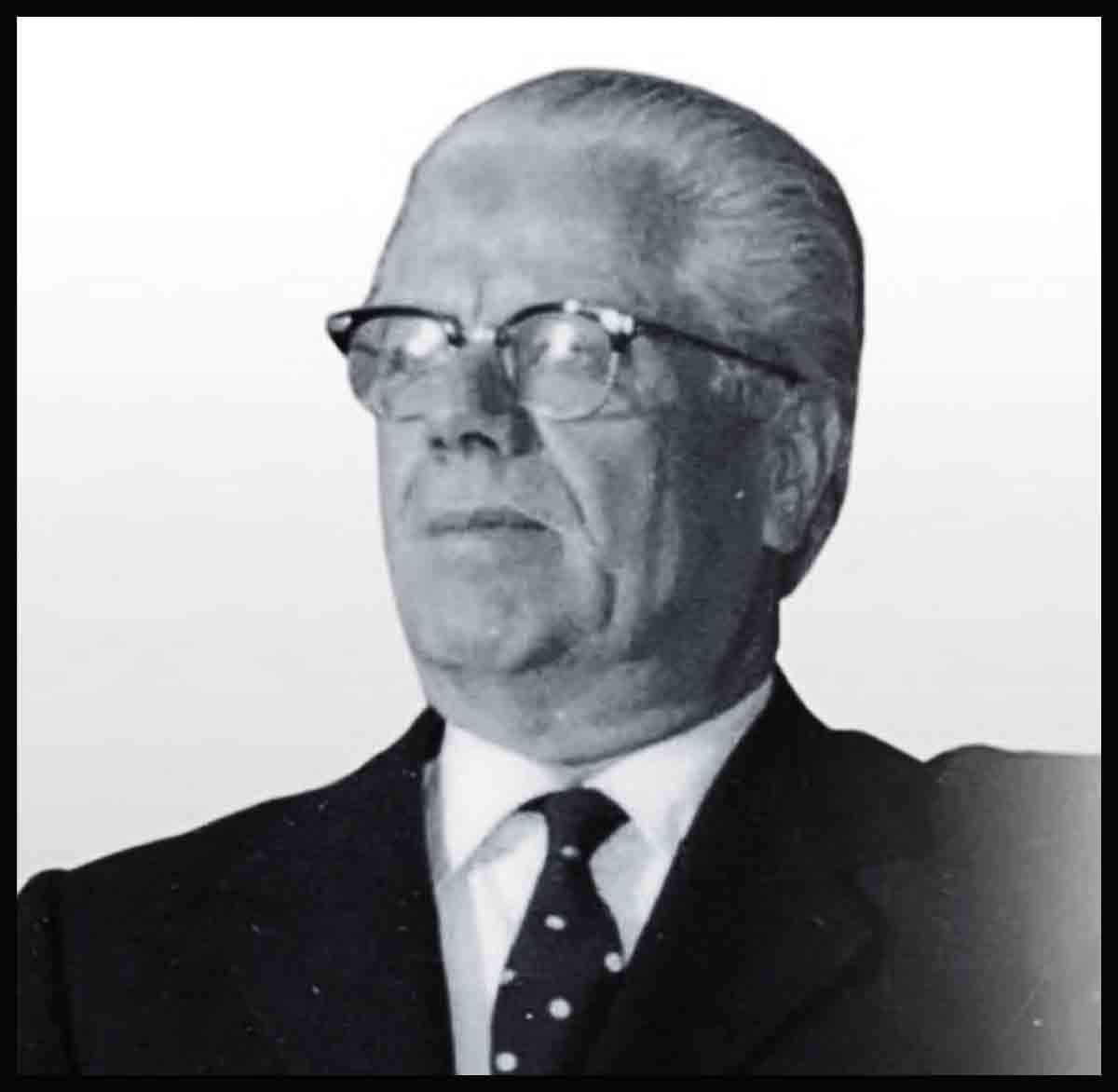
Great Designers—Pininfarina
Pininfarina is one of Italy’s towering giants of car design, but it was founded by someone very short—being only 5ft (152cm) tall, Battista Farina’s nickname of Pinin, or “tiny”, was apt. His design empire became a hallmark of quality and genius, as well as a significant manufacturing business—Pininfarina’s Turin factory gave birth to many classic Fiat, Lancia, and Alfa Romeo sports cars.
“Purity of line and harmony of proportion. If they are good, they are good forever.”
SERGIO PININFARINA
CARS IN THE EARLY DAYS were mechanical marvels, pure and simple, and engineers left the matter of the bodywork to independent coach-builders. In Italy, one of the most famous of these was Giovanni Farina, who set up shop in Turin in 1906 expressly to coach-build wood-framed, metal-paneled car bodies.
The firm’s early reputation for excellent design came to the attention of Giovanni Agnelli, founder of Fiat, who in 1911 wanted to build a mass-market car in the idiom of Henry Ford’s Model T. He asked Giovanni to give the new Fiat Zero a distinctive radiator grille, and from a dozen proposals Agnelli chose one that had been created by Giovanni’s 18-year-old brother, Battista “Pinin”.
In 1930 Battista established Pinin Farina in a rivalry with his brother, and by 1931 had designed the first car under his own name, the distinctive Fiat 525 SS coupe. By 1939 the company employed 500 workers building 800 car bodies a year.
After World War II, Pinin realized the days of one-off, coach-built cars were all but over. His 1946 Cisitalia 202 design therefore marked an absolute revolution. With the world’s very first “full-width” body, a single shell without separate wings, the car was even displayed at the Museum of Modern Art in New York in 1951.
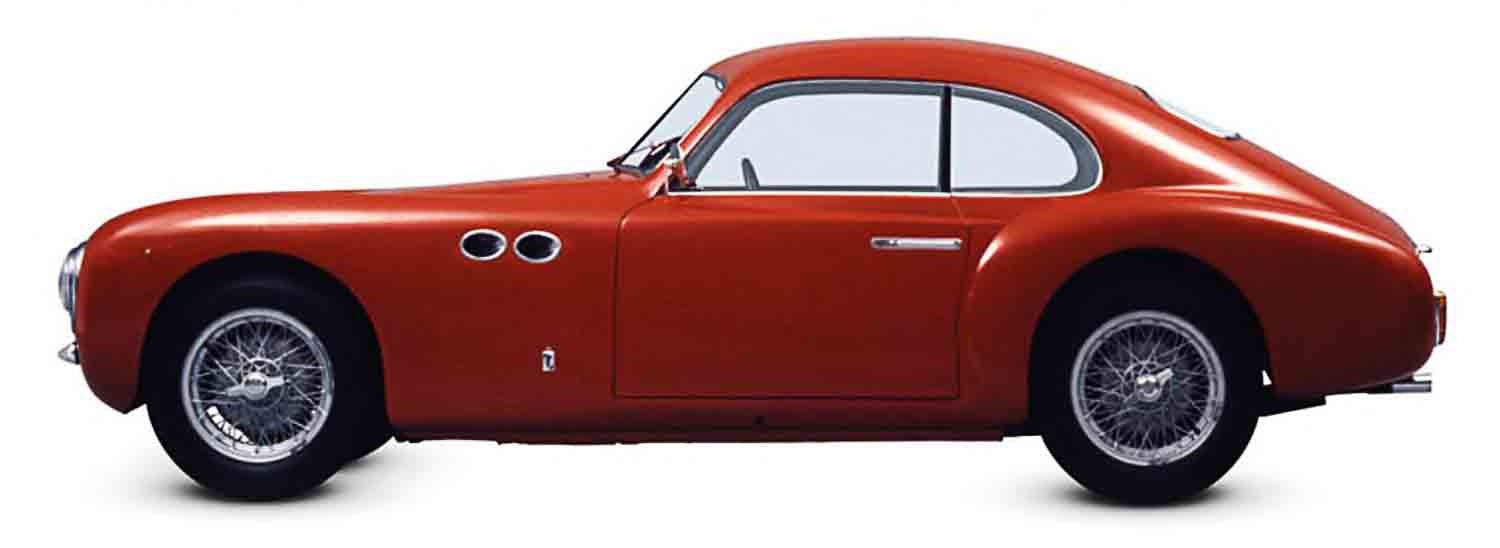
Described by Arthur Drexler as “rolling sculpture”, this car revolutionized post-war design by incorporating elements such as headlights, bonnet, and bumpers into the body shell.
LASTING LINKS
By 1947 the factory was humming with the construction of stylish Fiat 1100 cabriolets, Maserati roadsters, and Cisitalia GT coupes, and in 1952 the Nash-Healey (designed and built by Farina) marked a new era of co-operation with foreign marques. Many long-lasting relationships were forged, including France’s Peugeot, General Motors in the USA, and the British Motor Corporation.
However, one company stands out—Ferrari. It was in 1951 that Farina signed an agreement with Enzo Ferrari to design his cars and, following the debut of the 250 series in 1952, almost every road-going Ferrari since has been the work of Farina. The relationship became so successful that Pinin was appointed a vice-president of Ferrari, while his son Sergio joined Ferrari’s board of directors. Innumerable classic Ferraris—250s, 500s, the Dino 246, Daytona, 512 BB, Testarossa—bore Farina’s famous blue “F” badge.
The frenzy of activity in the 1950s continued with a contract to design the Lancia Aurelia B20 GT, an object of fastback purity and simplicity. And when Alfa Romeo commissioned Pinin to style and manufacture a two-seater roadster version of its Giulietta, a large, new factory was opened in Grugliasco, near Turin, turning the designer into a fully fledged, production-line manufacturer.
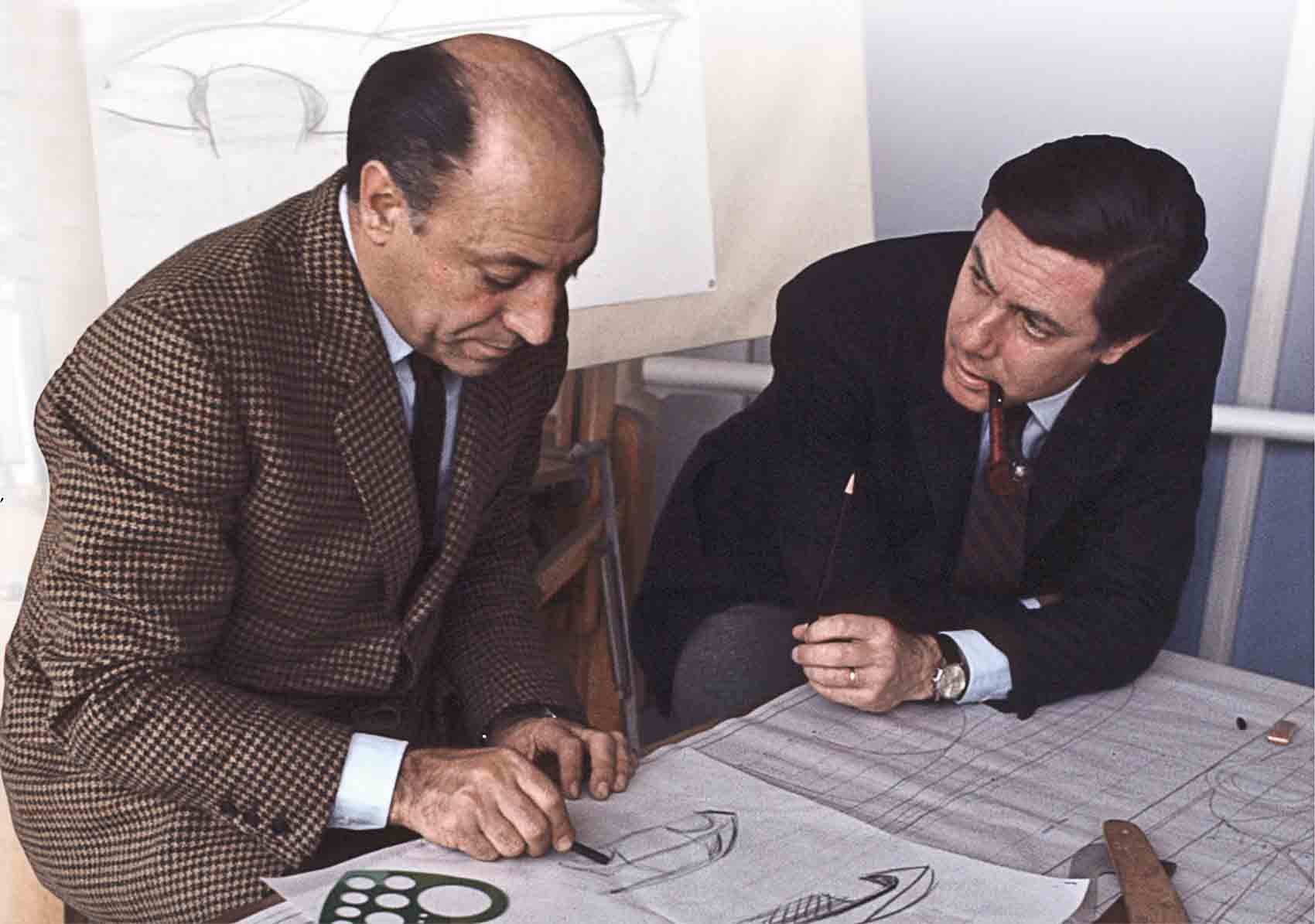
Sergio Pininfarina (right) discusses sketches for the Ferrari 240 P5 with his brother-in-law, Renzo Carlo. Although not universally loved, the car pioneered the mounting of glass screens above Ferrari’s engines.
NEW ERA, NEW NAME
In 1961, the Italian president authorized Pinin to create a new family surname and business trademark—Pininfarina. At this point Pinin handed the reins of the business to his son, Sergio; the old master died in April 1966, aged 72.
Pininfarina became a real nursery for emerging talent, nurturing brilliant designers such as Aldo Brovarone (Ferrari Superfast, Dino 206 GT, Lancia Gamma Coupe), Leonardo Fioravanti (BMC 1800, Ferrari 512 BB, Ferrari F40), and Paolo Martin (Ferrari Modulo, Rolls-Royce Camargue, Fiat 130 Coupe).
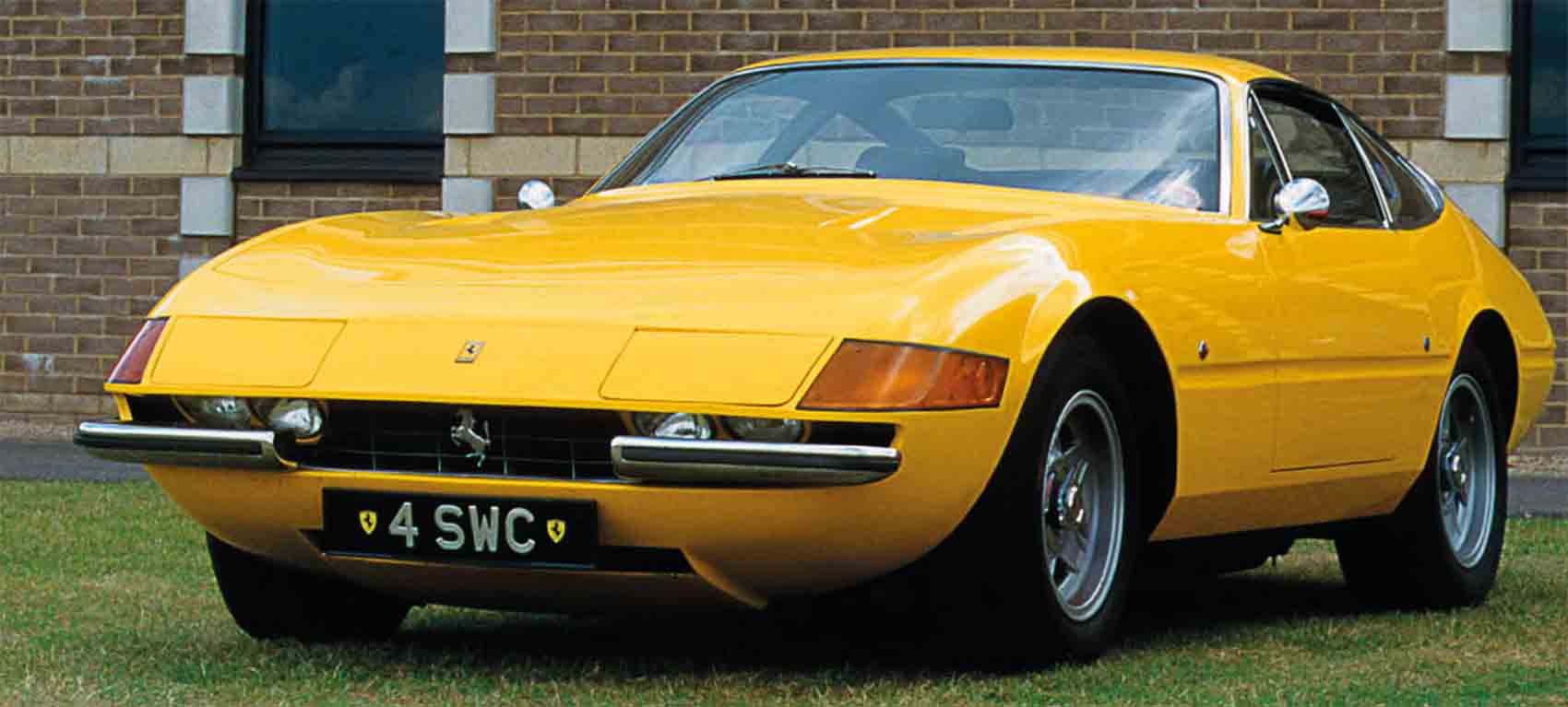
The Grugliasco plant, meanwhile, was a full-on, automated car factory, with thousands of Fiat 124 Spiders, Alfa Romeo Duettos, and Peugeot 504 convertibles rolling off the production line. In 1972 Pininfarina also opened its own full-sized wind tunnel, the very first in Italy.
The company’s pure show cars were united by their flowing lines and perfect proportions. Pininfarina declared its inspiration came from wind-formed Alpine snowscapes. One of the most influential designs was the Dino 206, which led directly to the Dino production car, while the later Ferrari 512 prototype also led to the wedge-shaped Berlinetta Boxer of 1973, perhaps the greatest sports car form of all time.
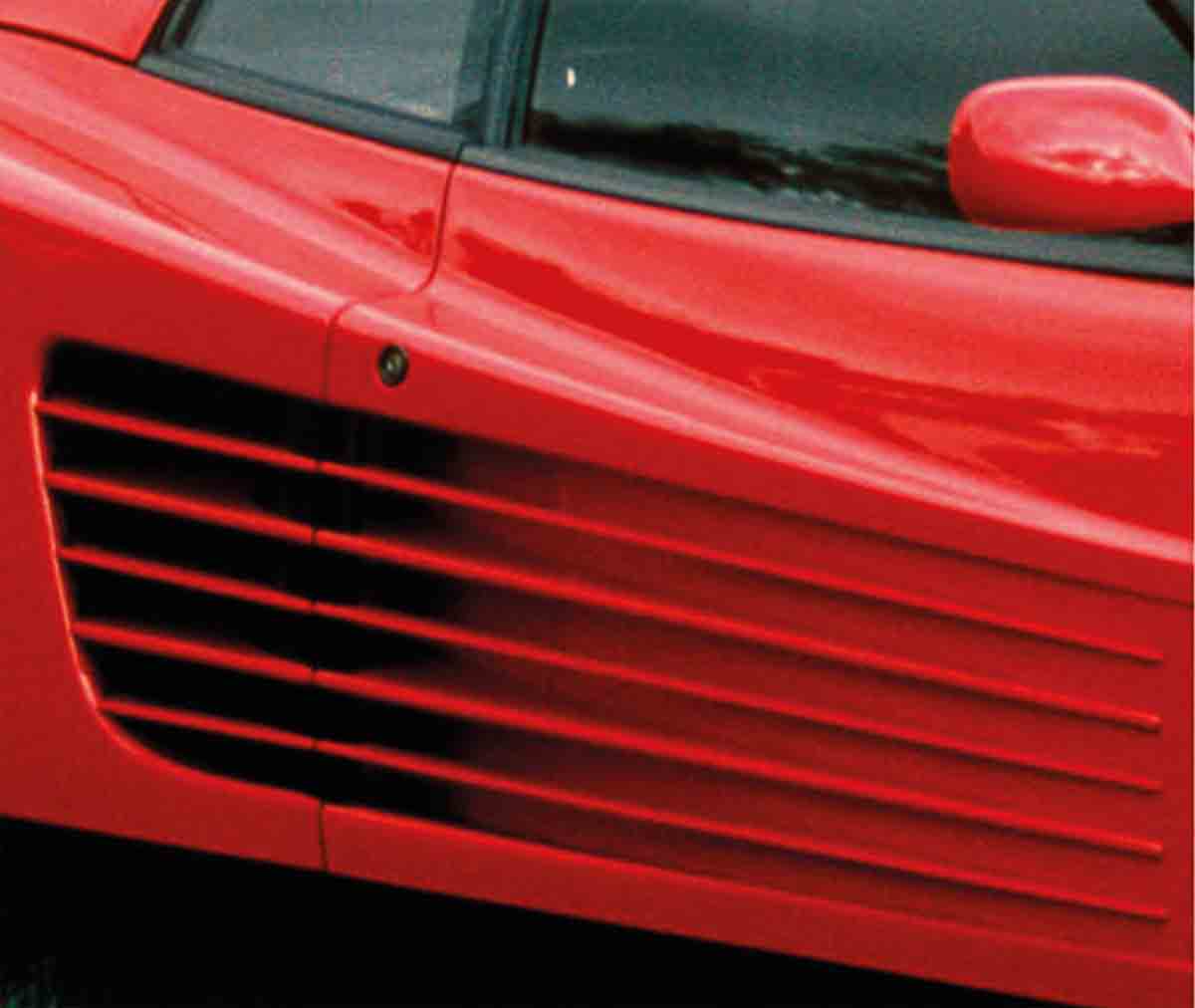
Pininfarina was always more interested in classical design qualities than pure fantasy, but some concept cars did push the outer limits. The futuristic Ferrari Modulo of 1970, for example, explored the extremes of sports-car design. Its low, sculptural shape consisted of a flat, almost symmetrical arc, and it eschewed conventional doors in favor of a canopy that slid forward over the bonnet, while the Studio CNR of 1978 was an exercise in pure aerodynamics, winning the Compasso d’Oro Award in 1979 for The Ideal Aerodynamic Shape.
The Pininfarina name is a true survivor. Despite an economic climate that has swept aside almost every other design house, Pininfarina’s balance of design, taste, technical research, and innovation mean the company continues to flourish today, with offices in Italy, Germany, China, and the US.
Career highlights
> 1930 Battista “Pinin” Farina founds Carrozzeria Pinin Farina in Turin, Italy
> 1946 Design and builds the single-shelled Cisitalia, exhibited in New York’s Museum of Modern Art in 1951
> 1951 A meeting with Enzo Ferrari establishes Pinin Farina as the sports car company’s principal design partner
> 1958 Pinin Farina’s new factory opens at Grugliasco, producing the Farina-designed Alfa Romeo Giulietta Spider
> 1961 Pinin hands over the company reins to his son, Sergio; the family name is officially changed to Pininfarina
> 1966 Pinin dies, aged 73
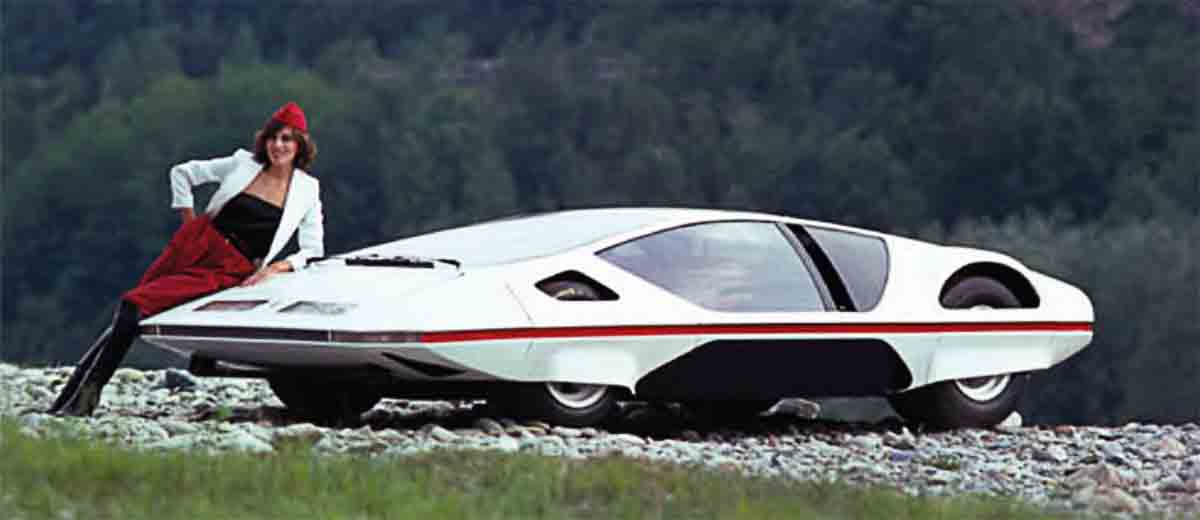
With its sleek, canopy-style roof, low, aerodynamic body, and partly covered wheels, the 512S Modulo had a futuristic look that still retained the purity of line and proportional harmony for which Pininfarina was famous.
> 1978 The company constructs a new design facility in Cambiano
> 1995 Sergio Pininfarina wins the Compasso d’Oro industrial design award
> 2010 Pininfarina manufactures its very last cars at Grugliasco—the Alfa Romeo Brera and Spider—before its factory closes down
> 2012 Sergio Pininfarina dies
It is a quote. The Classic Car Book – The Definitive Visual History 2016




